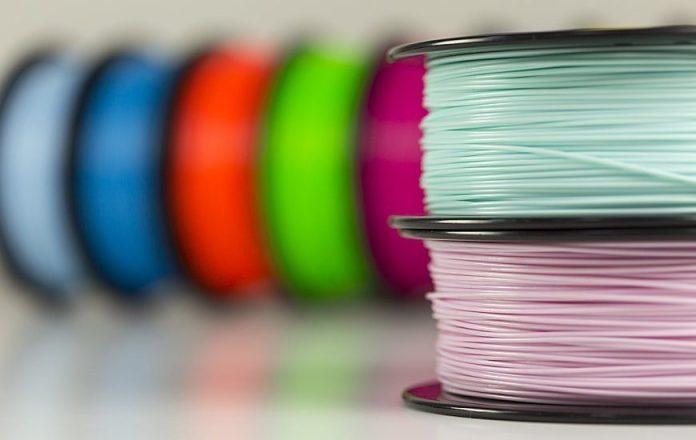Introduction
The world of 3D printing has undergone a significant transformation in recent years, with advancements in technology and materials expanding the possibilities of this revolutionary manufacturing process. Gone are the days when 3D printing was limited to a handful of plastics. Today, a vast array of 3D printing materials are available, each with its unique properties and applications. In this article, we will delve into the exciting world of 3D printing materials, exploring their characteristics, applications, and the future possibilities they hold.
- PLA (Polylactic Acid)
Polylactic Acid, commonly known as PLA, is one of the most popular 3D printing materials. It’s derived from renewable resources such as corn starch or sugarcane, making it an environmentally friendly option. PLA is known for its ease of use, low toxicity, and biodegradability. It is commonly used for prototyping, educational purposes, and creating intricate designs.
- ABS (Acrylonitrile Butadiene Styrene)
ABS is another widely used thermoplastic material in 3D printing. It’s known for its strength, durability, and resistance to high temperatures. ABS is commonly used in automotive parts, consumer goods, and functional prototypes. It does emit fumes during printing, so proper ventilation is crucial when working with ABS.
- PETG (Polyethylene Terephthalate Glycol)
PETG is a versatile 3D printing material that combines the strengths of both PLA and ABS. It offers good layer adhesion, impact resistance, and is FDA-approved for food contact applications. PETG is a popular choice for creating mechanical parts, medical devices, and food-safe containers.
- Nylon
Nylon is a strong and flexible 3D printing material known for its durability and wear resistance. It’s commonly used in applications requiring high tensile strength, such as gears, bearings, and functional prototypes. Nylon is also used in the aerospace and automotive industries for its lightweight properties.
- TPU (Thermoplastic Polyurethane)
TPU is a flexible and elastic 3D printing material known for its rubber-like properties. It’s commonly used in the production of phone cases, footwear, and medical devices such as prosthetics and orthodontic models. TPU’s flexibility makes it ideal for creating parts that require impact resistance and shock absorption.
- Metal Powders
Metal 3D printing has revolutionized industries like aerospace, healthcare, and automotive. Materials such as stainless steel, titanium, aluminum, and even precious metals like gold and silver can be 3D printed. Metal 3D printing offers incredible strength, precision, and the ability to create complex geometries that traditional manufacturing methods cannot achieve.
- Carbon Fiber Reinforced Filaments
Carbon fiber-reinforced filaments combine thermoplastics with carbon fibers, resulting in materials that are exceptionally strong and lightweight. These materials are ideal for aerospace, automotive, and sports equipment applications where strength and weight reduction are critical.
- Wood Filaments
Wood filaments combine PLA with wood fibers to create 3D printed objects with a wood-like appearance and texture. These materials are commonly used for artistic and decorative purposes, as well as for creating functional objects with a natural aesthetic.
Conclusion
The world of 3D printing materials is vast and continuously evolving. As technology advances, we can expect to see even more materials with unique properties and applications. Whether you are a hobbyist, engineer, designer, or manufacturer, there is a 3D printing material suited to your needs. As the 3D printing industry continues to grow, the possibilities for innovation and creativity are limitless, making it an exciting field to watch in the coming years.
